Herbes de Provence: A Fragrant Journey Through Time and Taste
You’ve probably seen it on spice racks, in gourmet gift sets, or tucked into a recipe from your favorite cooking show. But what exactly is herbes de provence, and why does it smell like summer in a sun-drenched French village? In this blog post, we’ll take you through the origins, ingredients, uses, and even some surprising hacks for getting the most out of this beloved herb blend.
Table of Contents
- The Roots: Where Did Herbes de Provence Come From?
- Inside the Jar: What’s Really in This Herb Mix?
- Kitchen Magic: Creative Ways to Use Herbes de Provence
- Keep It Fresh: How to Store Herbs de Provence Like a Pro
- Spice Hacks: Surprising Tips You Never Knew You Needed
- Myths Busted: Separating Fact from Fiction About Herbes de Provence
- Final Thoughts: Why This Spice Blend Still Steals the Show
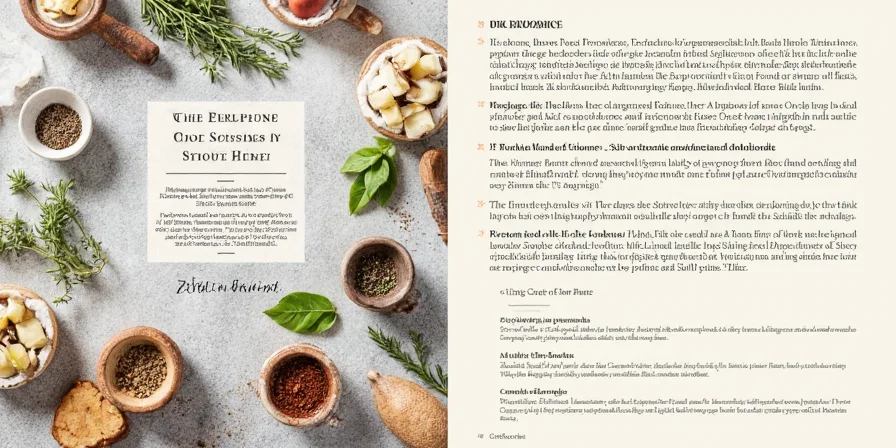
The Roots: Where Did Herbes de Provence Come From?
As the name suggests, herbes de provence hail from the sun-kissed region of Provence in southeastern France — a place where lavender fields stretch as far as the eye can see and rosemary grows wild along the hillsides.
Originally, these herbs were not a pre-mixed product sold in stores but rather a collection of fresh or dried local herbs used by farmers and cooks in their everyday meals. The blend became popular outside of Provence in the late 20th century when international markets started packaging and selling it as a ready-made seasoning mix.
A Bit of History
- Used traditionally by rural families to flavor roasts, stews, and grilled vegetables.
- Commercial blends started appearing in the 1970s, thanks to global interest in French cuisine.
- Today, it's a staple in many kitchens worldwide — with varying ingredient lists depending on the brand!
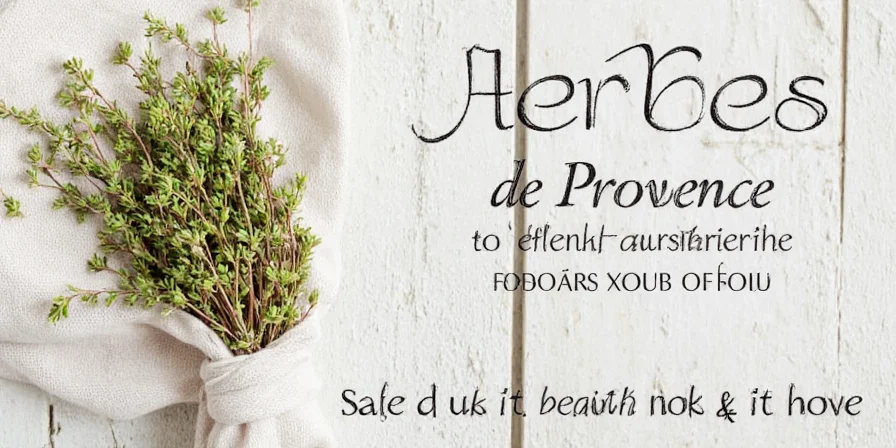
Inside the Jar: What’s Really in This Herb Mix?
Here’s where things get interesting — there’s no single official recipe for herbes de provence. While some traditionalists insist on a specific lineup, commercial blends often differ based on availability, regional preferences, and even marketing strategies.
Core Ingredients (Traditional vs. Modern)
| Traditional Blend | Modern Commercial Blends |
|---|---|
| Thyme | Thyme |
| Rosemary | Rosemary |
| Savory | Oregano |
| Basil | Lavender (sometimes) |
| Lavender (used sparingly) | Mint or marjoram (occasionally) |
Why Lavender Causes Controversy
Yes, lavender! That sweet-scented flower that makes your bath bombs smell divine also finds its way into some versions of herbes de provence. But beware — too much lavender and you’re no longer cooking dinner; you’re making potpourri.
Pro Tip: If you're unsure about floral flavors, look for blends labeled “lavender-free” or make your own at home.
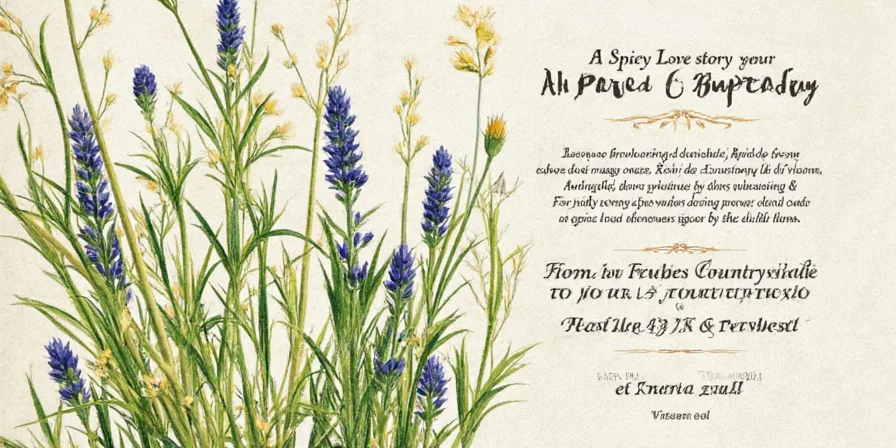
Kitchen Magic: Creative Ways to Use Herbes de Provence
This versatile herb mix isn’t just for roasting chicken anymore! Let’s explore some classic and unconventional ways to use herbes de provence in your kitchen:
Classic Uses
- Seasoning for roasted meats (especially lamb and chicken)
- Add to tomato-based sauces for a rustic French twist
- Stir into olive oil to make a quick marinade or dip
- Enhance the flavor of grilled vegetables
Unconventional Uses (Try These Tonight!)
- Popcorn boost: Toss a pinch over popcorn with a little butter and Parmesan.
- Homemade bread: Sprinkle into focaccia dough before baking for an aromatic finish.
- Compound butter: Mix with softened butter and slather over steak or corn.
- Cheesy twist: Stir into goat cheese or soft cheeses for a spreadable treat.
- Pizza power: Use instead of oregano on homemade pizza crust for a French flair.
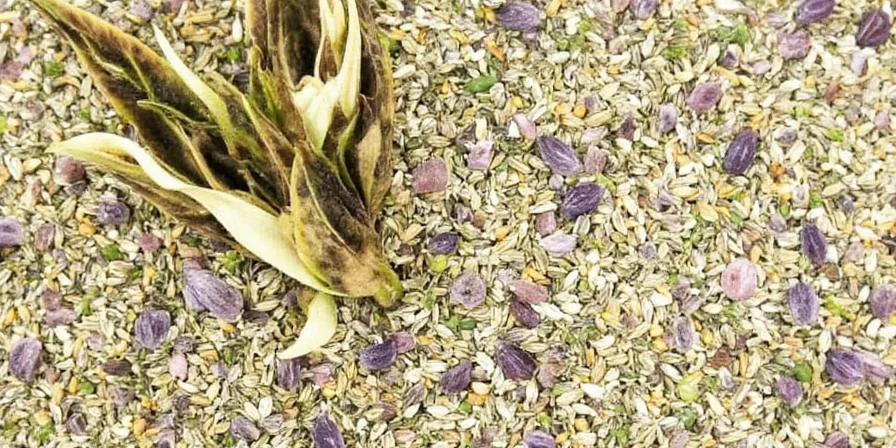
Keep It Fresh: How to Store Herbes de Provence Like a Pro
Like any dried herb, proper storage is key to keeping your herbes de provence fragrant and flavorful. Here’s how to do it right:
Storage Checklist
- Use airtight containers — glass jars are ideal
- Store away from heat and light — keep in a cool pantry or cabinet
- Don’t store near the stove — steam and heat degrade quality
- Label with date — freshness lasts around 1–2 years
- Smell test: If it smells faint, it’s time to replace it
Freeze Fresh Versions
If you grow your own herbs or buy fresh ones, consider freezing chopped herbs in olive oil using ice cube trays. Just pop one out when needed for a burst of flavor!
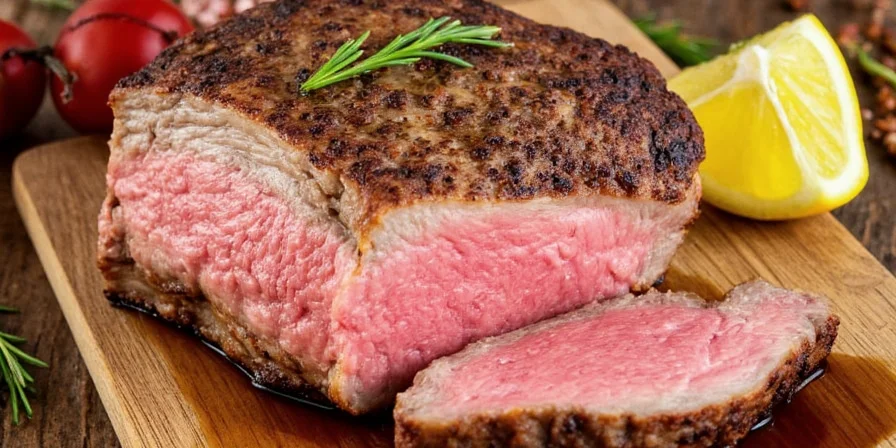
Spice Hacks: Surprising Tips You Never Knew You Needed
We all know the basics, but here are some lesser-known tips that’ll help you squeeze every ounce of flavor out of your herbes de provence:
Top 5 Herbes de Provence Hacks
- Add early in cooking: Unlike delicate herbs, these hold up well and benefit from slow infusion.
- Make a sachet d'épices: Tie herbs in cheesecloth and add to soups or stews. Remove before serving.
- Grind it yourself: For more intense flavor, grind whole herbs in a mortar or spice grinder before adding.
- Pair with citrus: A splash of lemon juice really brings out the brightness of the herbs.
- Infuse oils: Make your own flavored oil by heating oil gently with herbs and letting it sit overnight.
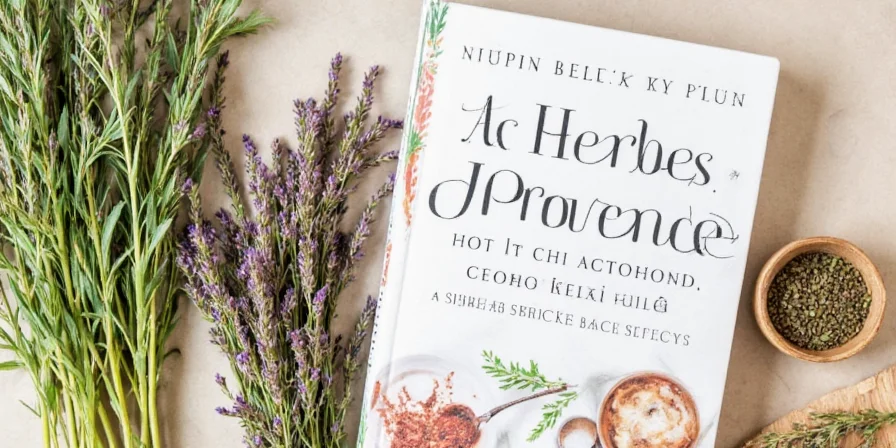
Myths Busted: Separating Fact from Fiction About Herbes de Provence
There’s a lot of misinformation floating around the culinary world. Let’s clear the air once and for all:
Common Myths & The Truth Behind Them
| Myth | Reality |
|---|---|
| All herbes de provence mixes contain lavender. | Only some blends include lavender. Traditional versions may exclude it entirely. |
| The herbs must be sourced from Provence to be authentic. | While the blend originated there, modern versions can be made anywhere using the same herb profile. |
| Dried herbs are always better than fresh. | Both work well — fresh for immediate use, dried for longer cooking times. |
| More is better when it comes to flavor. | Too much can overpower dishes. Start with a small amount and adjust. |
| It’s only for French recipes. | Not true! It works wonders in Mediterranean, Italian, American, and fusion dishes. |
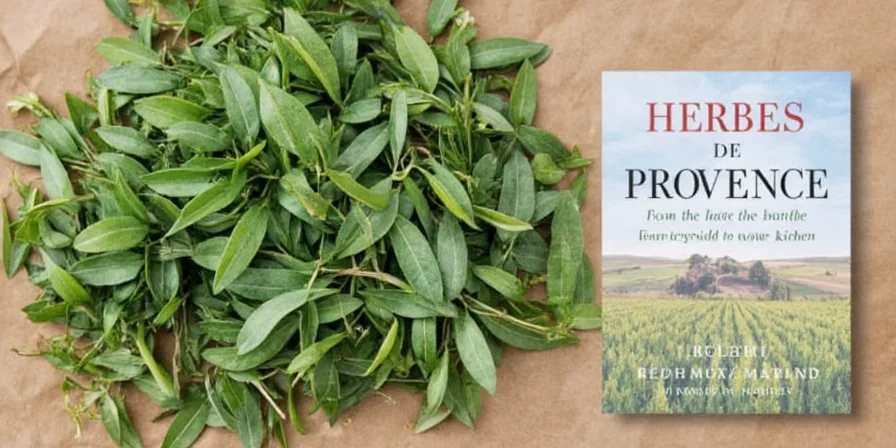
Final Thoughts: Why This Spice Blend Still Steals the Show
Herbes de provence isn’t just another spice mix — it’s a ticket to the countryside, a whisper of lavender breezes, and a flavor bomb waiting to transform your next meal. Whether you're roasting a leg of lamb or jazzing up your Tuesday night popcorn, this herb blend deserves a prime spot in your kitchen.
So go ahead, open that jar, take a deep breath, and let the scent transport you to a warm afternoon in southern France. Then sprinkle liberally, cook passionately, and enjoy every bite.
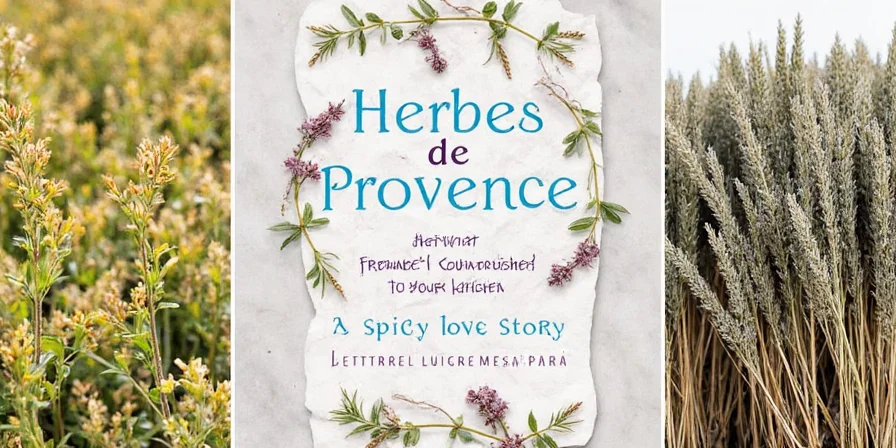
Until next time, happy spicing!

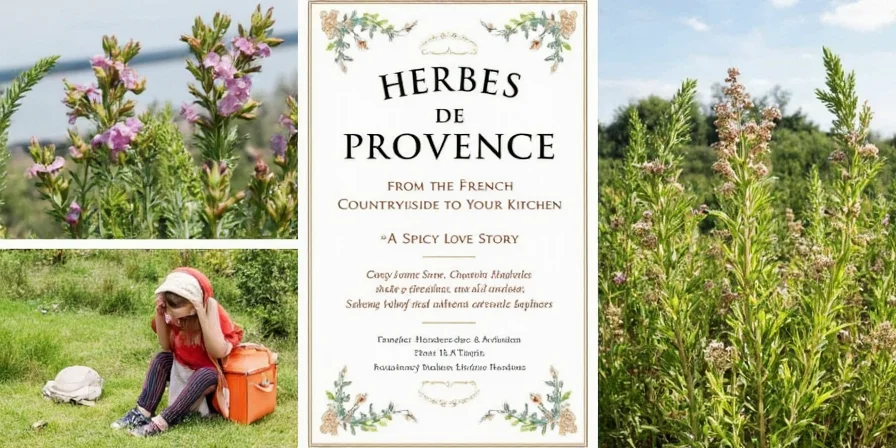









 浙公网安备
33010002000092号
浙公网安备
33010002000092号 浙B2-20120091-4
浙B2-20120091-4